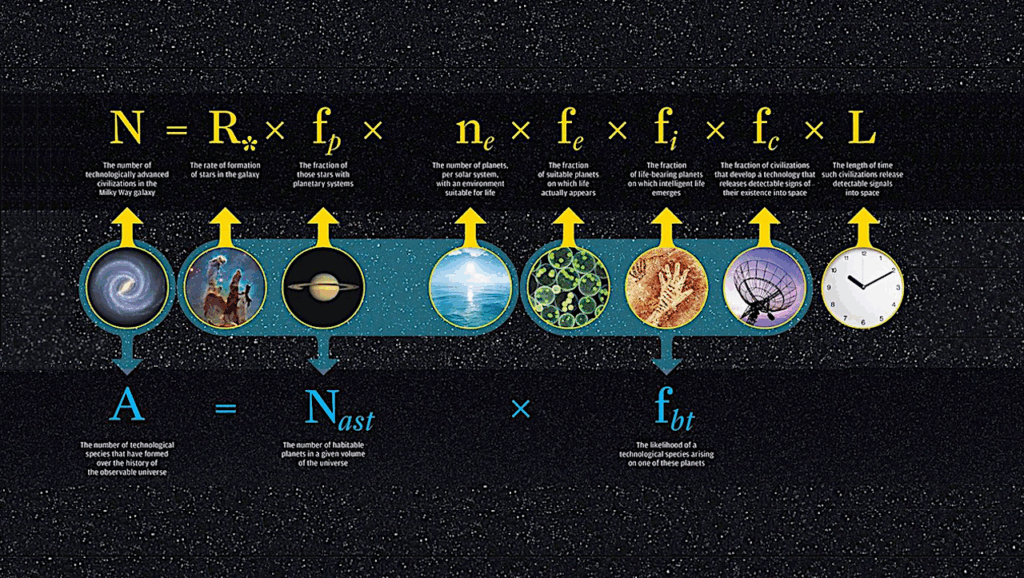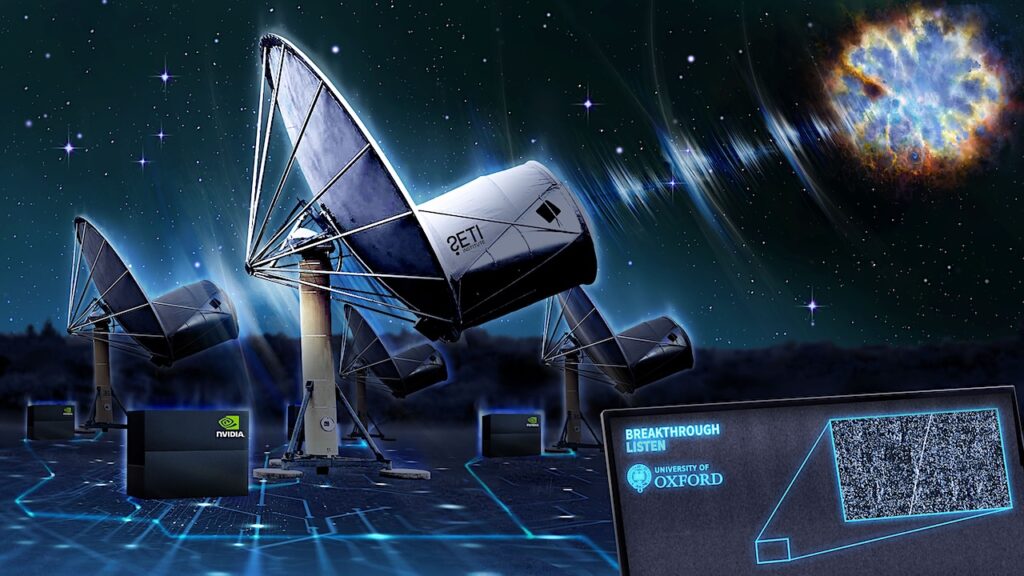Search for Advanced Civilizations Finds Nothing Obvious

After searching 100,000 galaxies for signs of highly advanced extraterrestrial life, a team of scientists using observations from NASA’s WISE orbiting observatory has found no evidence of advanced civilizations in them.
“The idea behind our research is that, if an entire galaxy had been colonized by an advanced spacefaring civilization, the energy produced by that civilization’s technologies would be detectable in mid-infrared wavelengths — exactly the radiation that the WISE satellite was designed to detect for other astronomical purposes,” said Jason T. Wright, an assistant professor of astronomy and astrophysics at the Center for Exoplanets and Habitable Worlds at Penn State University, who conceived of and initiated the research.
The research team’s first paper about its Glimpsing Heat from Alien Technologies Survey (G-HAT), will be published in the Astrophysical Journal Supplement Series on April 15, 2015. Also among the team’s discoveries are some mysterious new phenomena in our own Milky Way galaxy.
“Whether an advanced spacefaring civilization uses the large amounts of energy from its galaxy’s stars to power computers, space flight, communication, or something we can’t yet imagine, fundamental thermodynamics tells us that this energy must be radiated away as heat in the mid-infrared wavelengths,” Wright said. “This same basic physics causes your computer to radiate heat while it is turned on.”
Theoretical physicist Freeman Dyson proposed in the 1960s that advanced alien civilizations beyond Earth could be detected by the telltale evidence of their mid-infrared emissions. It was not until space-based telescopes like the WISE satellite that it became possible to make sensitive measurements of this radiation emitted by objects in space.
Roger Griffith, a postbaccalaureate researcher at Penn State and the lead author of the paper, scoured almost the entire catalog of the WISE satellite’s detections — nearly 100 million entries — for objects consistent with galaxies emitting too much mid-infrared radiation. He then individually examined and categorized around 100,000 of the most promising galaxy images. Wright reports, “We found about 50 galaxies that have unusually high levels of mid-infrared radiation. Our follow-up studies of those galaxies may reveal if the origin of their radiation results from natural astronomical processes, or if it could indicate the presence of a highly advanced civilization.”
In any case, Wright said, the team’s non-detection of any obvious alien-filled galaxies is an interesting and new scientific result. “Our results mean that, out of the 100,000 galaxies that WISE could see in sufficient detail, none of them is widely populated by an alien civilization using most of the starlight in its galaxy for its own purposes. That’s interesting because these galaxies are billions of years old, which should have been plenty of time for them to have been filled with alien civilizations, if they exist. Either they don’t exist, or they don’t yet use enough energy for us to recognize them,” Wright said.
“This research is a significant expansion of earlier work in this area,” said Brendan Mullan, director of the Buhl Planetarium at the Carnegie Science Center in Pittsburgh and a member of the G-HAT team. “The only previous study of civilizations in other galaxies looked at only 100 or so galaxies, and wasn’t looking for the heat they emit. This is new ground.”
Matthew Povich, an assistant professor of astronomy at Cal Poly Pomona, and a co-investigator on the project, said “Once we had identified the best candidates for alien-filled galaxies, we had to determine whether they were new discoveries that needed follow-up study, or well-known objects that had a lot of mid-infrared emission for some natural reason.” Jessica Maldonado, a Cal Poly Pomona undergraduate, searched the astronomical literature for the best of the objects detected as part of the study to see which were well known and which were new to science. “Ms. Maldonado discovered that about a half dozen of the objects are both unstudied and really interesting looking,” Povich said.
“When you’re looking for extreme phenomena with the newest, most sensitive technology, you expect to discover the unexpected, even if it’s not what you were looking for,” said Steinn Sigurdsson, professor of astronomy and astrophysics at Penn State’s Center for Exoplanets and Habitable Worlds and a co-investigator on the research team. “Sure enough, Roger and Jessica did find some puzzling new objects. They are almost certainly natural astronomical phenomena, but we need to study them more carefully before we can say for sure exactly what’s going on.”
Among the discoveries within our own Milky Way galaxy are a bright nebula around the nearby star 48 Librae, and a cluster of objects easily detected by WISE in a patch of sky that appears totally black when viewed with telescopes that detect only visible light. “This cluster is probably a group of very young stars forming inside a previously undiscovered molecular cloud, and the 48 Librae nebula apparently is due to a huge cloud of dust around the star, but both deserve much more careful study,” Povich said.
“As we look more carefully at the light from these galaxies,” said Wright, “we should be able to push our sensitivity to alien technology down to much lower levels, and to better distinguish heat resulting from natural astronomical sources from heat produced by advanced technologies. This pilot study is just the beginning.”








